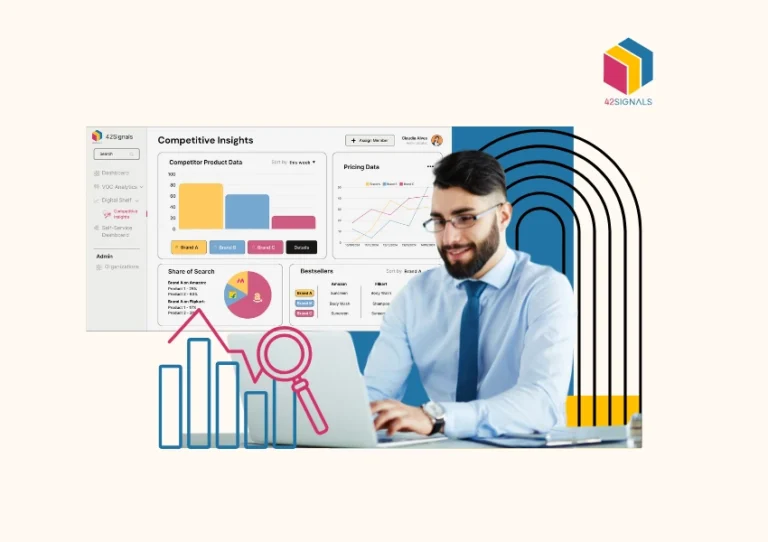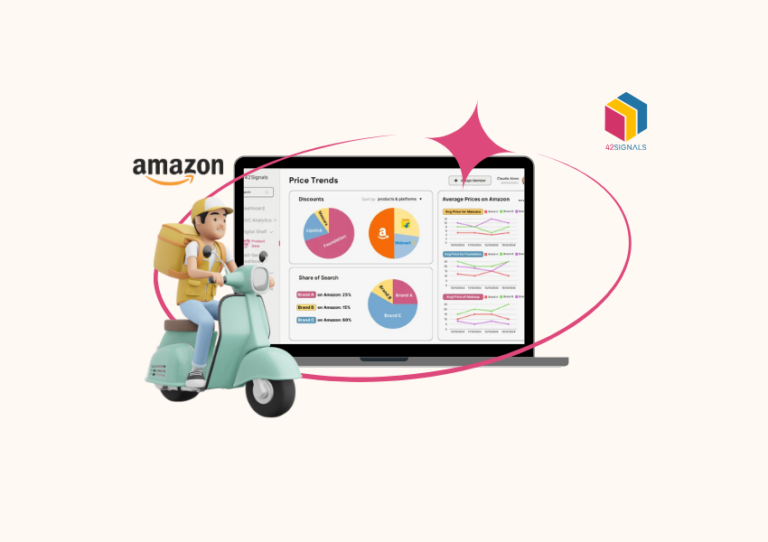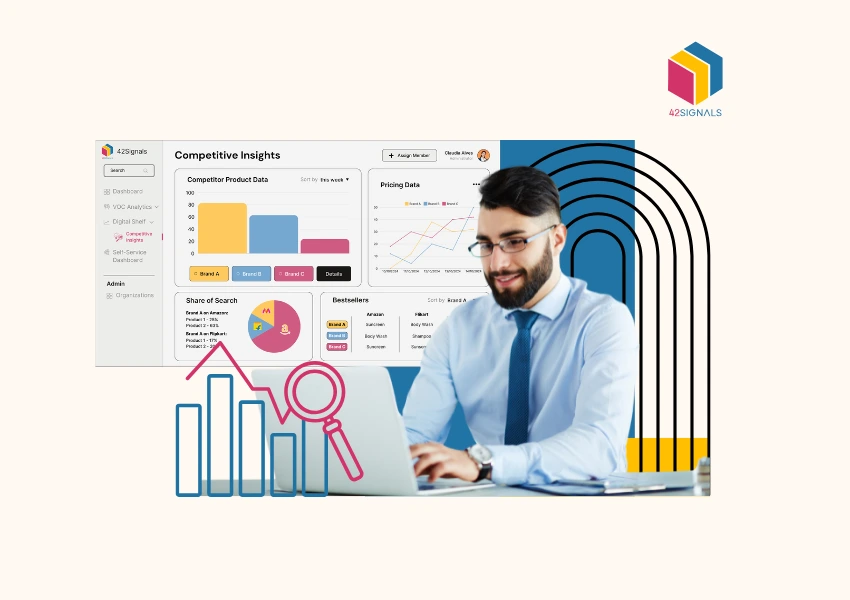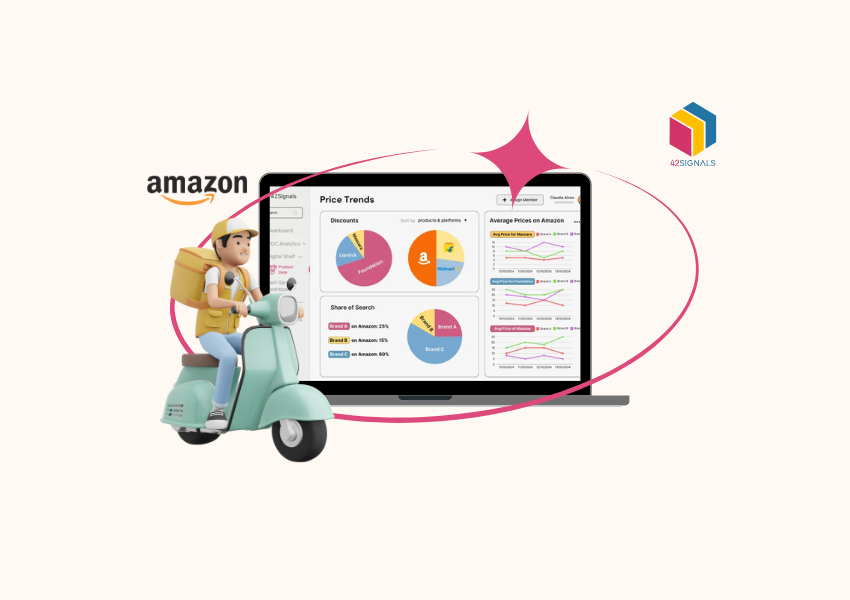Pricing has always been a crucial factor in driving customer decisions, but in the digital age, the stakes are higher than ever. With real-time information available at consumers’ fingertips, businesses need to be proactive about how they approach their pricing strategies. This is where price intelligence tools come into play.
A price intelligence tool helps businesses gather, analyze, and act upon pricing data in real time, providing insights into market trends and competitor pricing strategies.
Choosing the right price intelligence tool, however, can be a daunting task, especially with the variety of pricing software available.
This guide aims to help you make an informed decision by covering the key factors you should consider when selecting a price intelligence tool for your business.
What are Price Intelligence Tools?

Before diving into the selection process, it’s essential to understand what price intelligence tools are and how they function.
At their core, these tools collect pricing data from your competitors and market sources to provide actionable insights.
This data helps businesses adjust their pricing strategies to remain competitive in the market.
Price intelligence tools are particularly valuable for e-commerce businesses, where pricing can change rapidly, sometimes multiple times a day. These tools allow businesses to:
- Track competitor prices: Real-time competitor price monitoring tools help businesses stay aware of how rivals are pricing their products.
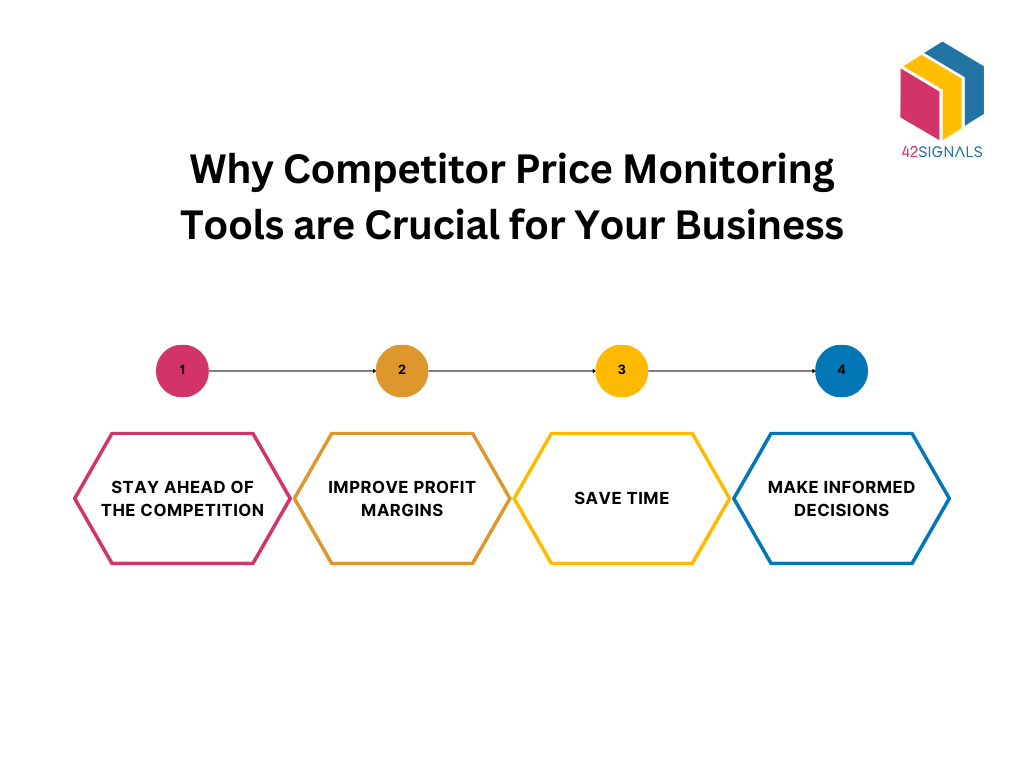
- Analyze pricing trends: Historical and real-time data provide insights into how market prices evolve, which helps with demand forecasting.
- Optimize pricing: Based on competitor and market data, businesses can adjust their pricing strategies to maximize profitability or market share.
Key Factors to Consider When Choosing a Price Intelligence Tool
While all price intelligence tools have similar core functions, not every tool is suitable for every business. When choosing the best price intelligence tool for your business, several factors should be taken into account. Let’s look at each of them in detail.
1. Type of Business and Industry Requirements
The first thing you need to consider is whether the price intelligence tool fits your industry and business model.
For instance, if you’re running an e-commerce business, you need e-commerce tools that provide real-time pricing updates and competitor data. Some industries, like retail, may require tools that can integrate with point-of-sale systems, while others might prioritize bulk data analysis.
Similarly, the size of your business is crucial. A small business might not need an enterprise-level tool, while large corporations might require a robust system that can track thousands of products across multiple regions.
Before making a decision, ask yourself these questions:
- Does the tool support my industry’s specific requirements?
- Can it scale with my business as we grow?
- Does it provide enough insights to help my business stay competitive in my niche?
2. Data Accuracy and Frequency of Updates
When it comes to price intelligence, the accuracy of pricing data is paramount. Inaccurate data can lead to poor decision-making, ultimately harming your bottom line.
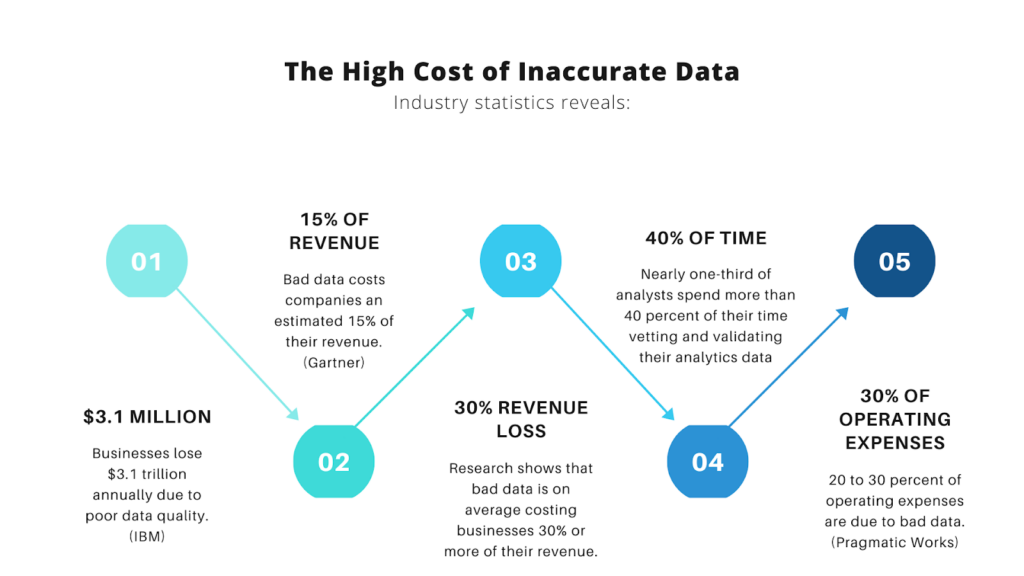
Image Source: Data Ladder
Therefore, good pricing software must be able to collect data from reliable sources and provide real-time updates.
The frequency of data updates is another critical factor. For fast-moving industries like electronics or fashion, prices can change multiple times throughout the day.
A tool that updates its pricing data only once a day may not be sufficient. On the other hand, for industries with less frequent pricing changes, a daily update might suffice.
Ensure that the tool you’re considering:
- Offers real-time or near-real-time data updates.
- Provides accurate competitor data and has mechanisms for verifying data accuracy.
3. Competitive Intelligence Features
While price intelligence focuses on pricing data, the best pricing software also offers competitive intelligence features.
Competitive intelligence goes beyond just pricing and encompasses data on stock levels, promotional strategies, and even customer reviews.
For a more comprehensive view of your competitors, you should look for a tool that not only tracks pricing but also:
- Analyzes stock availability across different competitors.
- Tracks promotions and discounts offered by your competitors.
- Offers insights into competitor strategies based on historical data and market trends.
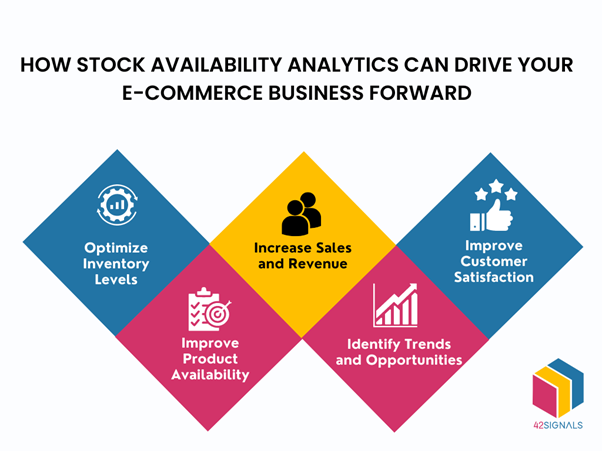
The more insights you have into your competitors, the better you can position your business in the market. Comprehensive competitive intelligence tools help businesses make informed decisions, not just about pricing, but about product placement, marketing, and overall business strategy.
4. Ease of Use and Integration
A price intelligence tool is only as good as its usability. If the tool is overly complex or difficult to navigate, it can become a burden rather than an asset.
Ensure that the tool you select has an intuitive interface that makes it easy for your team to analyze and act upon the data it provides.
Additionally, consider how well the tool integrates with your existing systems. Many price intelligence tools offer API integrations, making it easier to incorporate them into your current pricing software, e-commerce platforms, or inventory management systems.
Before finalizing your decision, ask for a demo or free trial to evaluate:
- How easy it is to navigate the tool.
- Whether it integrates smoothly with your existing software.
- The learning curve for your team.
5. Customization and Flexibility
Every business has unique pricing strategies and requirements. As such, you need a price intelligence tool that offers customization options tailored to your specific needs.
For example, you may want to track competitors in different regions, focus on specific product categories, or apply different rules for dynamic pricing based on real-time competitor data.
Flexibility in setting pricing rules is also essential. Some tools offer rule-based pricing systems where you can set up automated rules that adjust your prices based on specific competitor data or market conditions. These tools help reduce manual work and ensure that you stay competitive without constant monitoring.
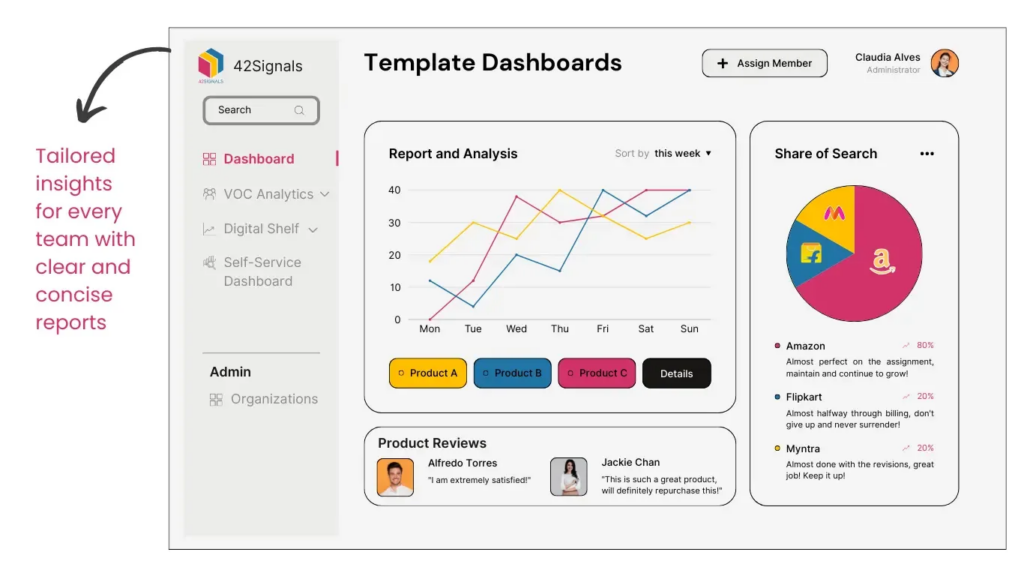
Make sure the tool you choose allows for:
- Customizable reports and dashboards.
- Flexible pricing rules and strategies.
- The ability to focus on specific regions or product categories.
6. Reporting and Analytics
A good price intelligence tool doesn’t just collect data; it helps you understand and interpret that data through detailed analytics and reporting.
The tool should provide insights that help you refine your pricing strategies, identify market trends, and forecast future pricing movements.
Look for features such as:
- Visualized data through charts and graphs.
- Customizable reports that you can schedule or generate on-demand.
- Predictive analytics that offers insights into future pricing trends.
Additionally, some advanced pricing software tools offer ecommerce insights by combining pricing data with other factors such as customer behavior and market demand.
This can help businesses optimize not only their prices but also their overall strategy.
7. Cost and Return on Investment (ROI)
Of course, cost is a significant factor in choosing any tool for your business. Price intelligence tools come in various price ranges, from basic platforms suitable for small businesses to comprehensive solutions designed for large enterprises.
When evaluating cost, consider not only the upfront price but also the long-term value and ROI.
Keep in mind that a higher-priced tool may offer more features and capabilities that ultimately drive more value for your business.
On the other hand, if you’re a small business, a simpler tool with fewer features might be a better fit. It’s crucial to weigh the cost against the potential benefits and revenue improvements the tool can deliver.
Final Thoughts
Choosing the best price intelligence tool for your business requires a thoughtful approach. The tool you select should align with your specific industry, provide accurate and timely pricing data, and offer comprehensive competitive intelligence.
Additionally, the ease of use, integration capabilities, and customization options are vital for ensuring the tool works seamlessly with your existing systems.
42Signals is one such software that offers all the aforementioned features in a compact suite. With our capabilities for customization, we are able to provide additional tailored services rather than a blanket solution that caters to specific customer needs.
If you’re curious to know more about our product, schedule a demo with us today.
Frequently Asked Questions
1. What is retail pricing intelligence?
Retail pricing intelligence is the process of collecting and analyzing data on the prices of products in the retail market. It involves monitoring the pricing strategies of competitors, understanding market trends, and assessing customer preferences to make informed pricing decisions. The aim is to set prices that are competitive, appealing to customers, and aligned with overall business goals.
2. What is competitor price intelligence?
Competitor price intelligence refers to the systematic approach of tracking, analyzing, and interpreting the pricing strategies of rivals in the market. It involves gathering data on competitors’ pricing models, discounts, and promotions, providing insights that help businesses adjust their own pricing strategies to maintain or improve competitiveness, market share, and profitability.
3. What is intelligent pricing?
Intelligent pricing is the use of data-driven insights and algorithms to set optimal product prices. It integrates various factors, such as customer demand, market conditions, competitor pricing, and historical sales data, to create a dynamic pricing model. This approach helps maximize revenue, improve sales, and enhance customer satisfaction by continuously adapting prices based on real-time market conditions.

